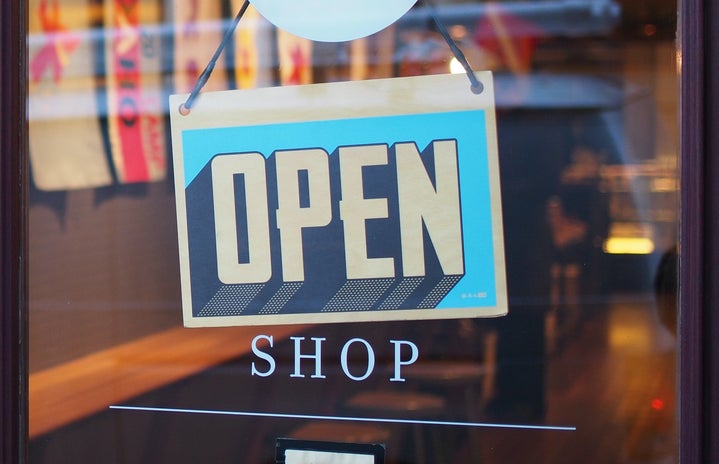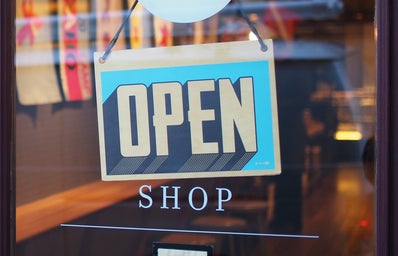The No Shoes, No Shirt, No Service policy dates to the 1960s and 1970s during the hippie movement. While there is no federal law created for this policy, we still see it as a social norm today. This “policy” is used to discriminate against certain groups. The origin of No Shoes, No Shirt, No Service is essentially because business owners didn’t like hippies.
In the early 60s and 70s, people were being thrown out of establishments just because they were not wearing shoes or a shirt, or in some cases, because their hair was too long. They claimed that the Board of Health had come up with the policy, which is why they were throwing people out. This was not true, as the Board of Health had never said anything about it, and it was the managers doing.
Hippies were known as “undesirable patrons” by business owners. In 1972, a newspaper article written by columnist Ridgely Cummings says, “Hippies have taken over the north end of town and the business people don’t like it. They have signs saying shoes and shirts are required – no entrance to bare feet.” This was one of the first articles published on the matter, and they were obviously singling out a specific group of people.
Today, this policy would be considered unreasonable, especially in tourist beach areas. For example, when you go to a popular beach area, say Old Orchard Beach or Cape Cod, you are surrounded by little shops to get souvenirs, places to grab an ice cream, or to go to the bathroom. To do any of these things, you need to be wearing shoes and a shirt. Since you are already probably covered in sand and ocean, what is the difference when you put on shoes or a shirt?
This policy has been adapted to “No Shoes, No Shirt, No Mask, No Service” or “No Shoes, No Shirt, No Shot, No Service.” The pandemic has been brought into a policy that was created to oppress people of certain cultures, and they are doing the same now as they did then, just targeting a different group. While it is important that we continue to take as many precautions as we can with the pandemic, being able to enter an establishment should not be a matter of privilege. It’s not a matter of privilege when it comes to getting a shot or wearing a mask, as these are free to the public. It should not be a privilege to be able to enter an establishment wearing whatever you feel comfortable in.
We know that this policy has no federal command, but we also know that it is up to a business to have the right to set their own rules for service, and the right to refuse service is now an accepted norm. Not wearing shoes or a shirt into a public building is not life threatening to anyone. Since this rule has been so normalized, people just go along with it. But knowing the history behind it can spark some civil rights infringements. The 60s and 70s were a very protest-heavy time for people who were arguing in favor of the Civil Rights Act. This was also at the same time as the Vietnam War, and most of those same anti-war protesters were fighting in the counterculture movement, where they were against anything associated with “establishment.” Civil Rights activists were anti-business in the same way that businesses were anti-counterculture movements.
So, this raises the question, is wearing shoes and a shirt in an establishment a matter of civil rights? And if it’s not, why is it still in action? Now more than ever, people are fighting for the rights of others. Since there aren’t a ton of hippies still around today, why do we still allow and follow this policy?

